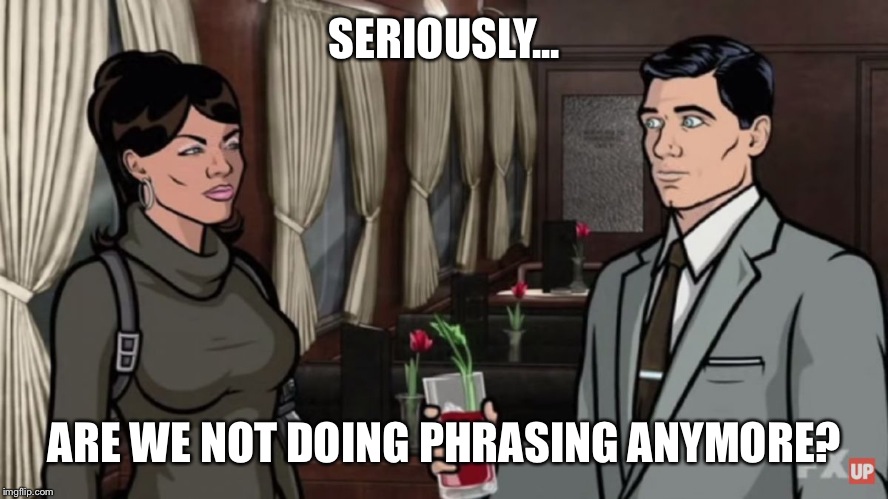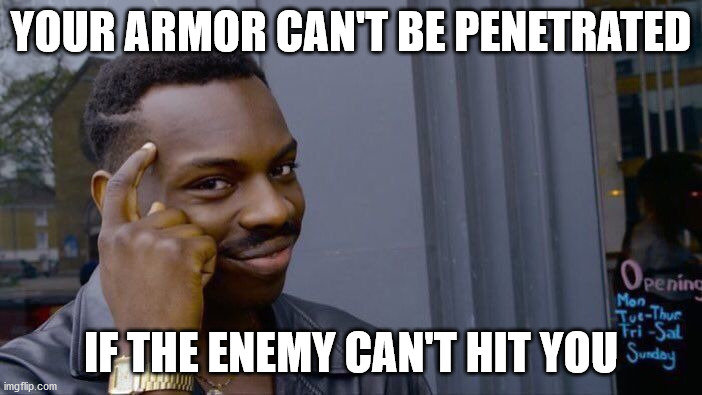A Couple of points to touch on. For one, Most of Germany's iron ore was of low grade and not useful for German purposes. Grand Admiral Raeder, head of the German navy, declared that it would be "utterly impossible to make war should the navy not be able to secure the supplies of iron-ore from Sweden". I'd argue a Grand Admiral should know what he's talking about. Secondly, the Maginot line along the Rhine river may have not been as fortified as it was in the northern sector, however, if this is the main axis of German attack, this means the French will send their entire army to this sector to reinforce it. The Rhine river is a formidable barrier to cross, if there are no bridges, and if the enemy on the other side is as numerous as you are, but entrenched. The line would definitely hold for the few days to a week it would take for French reinforcements to start arriving in Force, with Char B1s and massed Artillery.In 1939 the Northern Section of the Maignot line is much stronger, being constructed mainly out of interlinking fortresses, than the section running from Strasbourg to Mulhouse, which is mostly well sited pillboxes, blockhouses and casemate machine gun batteries, and relying a lot on terrain and the Black Forest and the Rhine for protection. Very similar in concept we might say to the section of the 'extended' line that was crossed at Sedan, only properly finished (and presumably the keys to some of the bunkers hadn't been lost)
Both North and Southern sections are reliant on Gap troops to sally and force back advancing forces and to support the batteries, but the southern section more so. Dealing effectively with the Luftwaffe would be critical or weakpoints will be found and individual batteries will be silenced, and with respect the French air force was not capable of doing this in 1939, nor could it have been made so in the short term.
So it comes down to how well it is defended and how well the units selected to be gap troops perform under dive bomber attack to keep the entire thing secure. It should be much more defensible true but there will be weak points, (such as Corap's 9th proved to be), regardless of the fortifications themselves. If the Germans in a 1 vs 1 are going to cross the line, it will likely be in this section, and the butchers bill would no doubt be high.
Otherwise it will be later when Gustav and Dora come to play, they will look to obliterate fortresses in the Northern sector and given what they did to the fortresses at Sevastopol this would be a very big problem for France. They would have no answer to this unless they had managed to best the Luftwaffe.
Secondly economy wise, you might wish to peruse the old League of Nations yearbooks, if you are dubious about Germany's economy vs France in 1939, or look at modern GDP projections mapped for the time. Germany had a GDP ~3x that of France and outproduced her enormously in terms of Steel and Coal. Even if France cuts off Germany's supply of Iron ore from Sweden it merely drops production by a 1/4 as she continues to consume the very large amounts of ore she produces domestically.
Next Tanks, France could have produced more tanks, and more armaments, but to suggest they could outproduce Germany post 1938, when they had the Czech capabilities added to their own is a fantasy. Secondly the tanks she did produce were of variable quality, the B1, excellent in many ways but with serious running gear problems, the rest were, charitably, not up to scratch. And finally even in 1940 Reynaud had enormous trouble persuading the owners and unions to actually work beyond a standard working week, most armaments factories shut at 5pm sharp, something massive has to change in the French industrial mindset, perhaps the shock of being abandoned might do it, or possibly the USSR encouraging the communists to work hard, though the latter would be dependent on if the USSR and Germany were friendly and had signed their pact.
If it is France alone, and Germany 'respects' the sovereignty of Belgium and Switzerland to avoid 3rd party intervention then France will face an uphill struggle even given her colonial advantages.
Furthermore, the claims of Germany having a GDP 3X higher than France are based on official German statistics, handed out by Joseph Goebbels and should be taken with a grain of salt. Even the Weimar Republic proved its words to be dubious when it began Rearmament while telling the league of nations it wasn't, how can we trust anything they say? Its far more likely their GDP ratio was more in line with what it is today, which is Germany's economy being about 1.5 times as big as that of France (in 2019 the French economy in PPP terms was 3.161 trillion USD, while Germany's economy was 4.444 trillion USD in PPP terms). Also, Germany may have had the bigger steel industry, but France had the worlds largest production of iron ore in the late 1930s. France had room for growth, Germany had non if supplies from Sweden or the USSR are cut off.
Also France had other tanks superior to all German tanks, besides the Char B1...the Somua S35 also outclassed any German tank in its balance of armor, firepower and speed.
Last edited:



